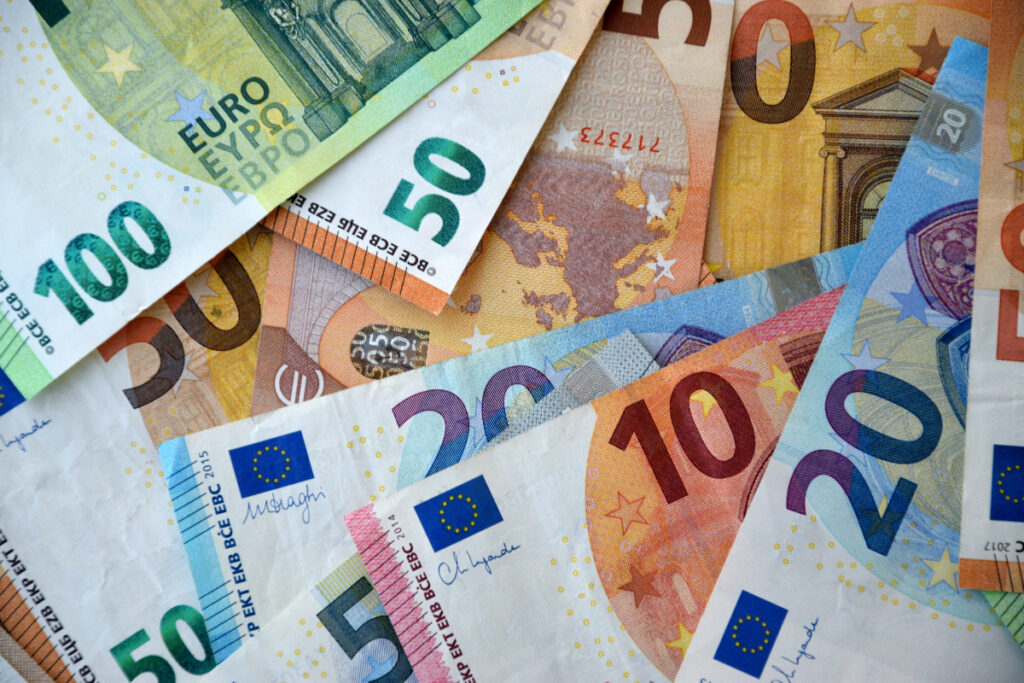Robust First-Quarter Earnings Amid Rising Concerns
European banks kicked off 2025 with solid first-quarter earnings, but optimism is being tempered by growing signs of economic instability. Major players like Deutsche Bank, Barclays, UBS, and HSBC posted better-than-expected profits, driven largely by strong investment banking and trading activity. Deutsche Bank’s 39% rise in net income was powered by its fixed-income trading division, while UBS outperformed expectations with a $1.7 billion net profit and a 32% gain in global markets revenue.
Still, the celebrations remain subdued. Executives across these institutions pointed to risks such as rising defaults, global trade disruptions, and deteriorating business confidence. HSBC’s report revealed a 25% drop in overall profit, even as it rolled out a $3 billion share buyback, a move some analysts see as a bid to reassure investors amid turbulent conditions. The bank is increasingly cautious, citing reduced loan growth and tightening credit conditions in Asia and Europe.
Another sign of caution is the return of higher provisions for bad loans. Several institutions, including Barclays and Deutsche Bank, raised their reserves, signaling a belief that defaults may rise as consumer and business pressures mount under higher interest rates and persistent inflation.
Trade Tensions, Volatility, And Macroeconomic Headwinds
The specter of global trade conflict looms large over European finance. The United States’ sweeping tariff hikes, described as the most significant in a century, have triggered a chain reaction affecting supply chains, export forecasts, and inflation levels. Roughly 40 multinational firms have adjusted or withdrawn their financial forecasts in response to these developments.
The eurozone economy grew by 0.4% in the first quarter, slightly ahead of expectations, but this growth has been overshadowed by the volatility in markets and weakening industrial output. Automakers like Volkswagen and Mercedes-Benz have warned of looming profit declines tied to rising costs and disrupted international trade.
Compounding these challenges is the euro’s surprising rally. The currency has appreciated by nearly 10% since early March, making European exports more expensive and hurting competitiveness abroad. Analysts estimate that currency effects alone could reduce corporate earnings by as much as 2–3% in the coming quarters.
Meanwhile, rising bond yields have made it more expensive for governments and businesses to borrow, which could further dampen investment and hiring. Financial market volatility is also feeding uncertainty, as equity and commodity markets swing sharply in response to geopolitical developments.
Shifting Strategies And Domestic Growth Priorities
With global markets in flux, many banks are rebalancing their portfolios toward more stable domestic operations. Banco Santander posted a 24% profit rise in its retail banking segment in Spain, effectively cushioning the impact of weaker results in Latin America. Similarly, Societe Generale’s net income more than doubled, boosted by strong performance in its retail and equities trading divisions, helping solidify its multi-year transformation strategy.
BNP Paribas managed to meet its profit targets thanks to a 12.5% surge in sales in its corporate and institutional banking segment. Executives highlighted that the bank is actively seeking opportunities in a slowing global economy, including M&A advisory, debt restructuring, and risk management services for clients facing tighter financial conditions.
Several banks have also reaffirmed their focus on cost discipline, digitalization, and capital optimization, aiming to improve efficiency in a potentially lower-growth environment. This includes continuing to trim underperforming assets and investing in areas like wealth management, which tend to be more resilient in economic downturns.
Outlook: Balancing Growth And Risk In 2025
Looking ahead, Europe’s financial institutions face a delicate balancing act. Strong capital positions and diversified revenue streams provide some cushion, but persistent geopolitical risks, currency pressures, and a potential slowdown in global demand pose real threats. Central banks are expected to maintain a cautious stance, and banks will likely continue building reserves while emphasizing stability over aggressive expansion.
Regulatory scrutiny is also tightening, with watchdogs urging banks to stress-test against multiple scenarios, including prolonged stagflation, credit contractions, and market shocks. Investor sentiment remains mixed, with banking stocks generally underperforming the broader indices due to lingering concerns about long-term profitability in a volatile climate.
Nonetheless, many institutions are positioning themselves to not only withstand the storm but also capitalize on shifting dynamics. Whether through domestic retail growth, cross-border advisory services, or digital innovations, European banks are recalibrating for a future marked by caution, but not paralysis.


